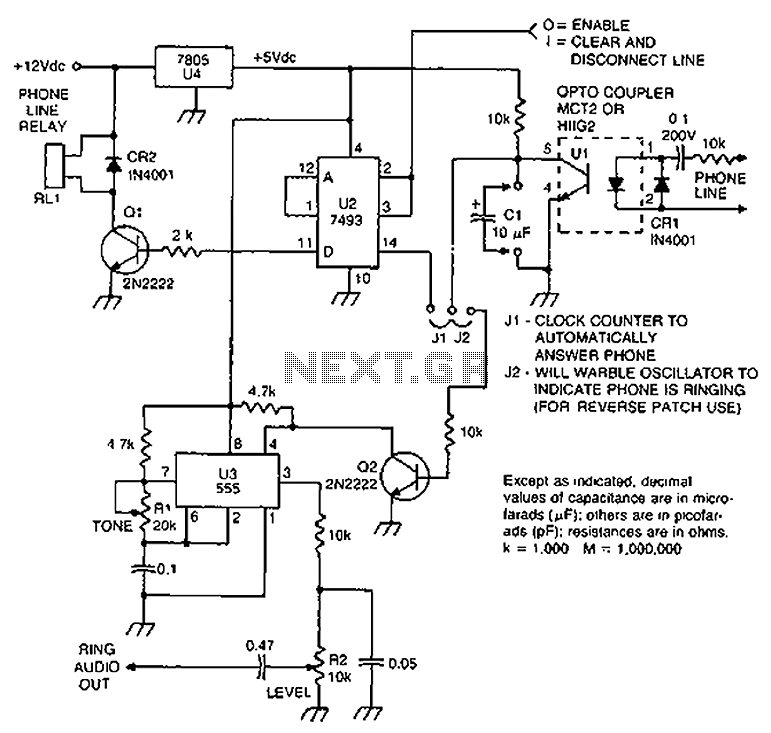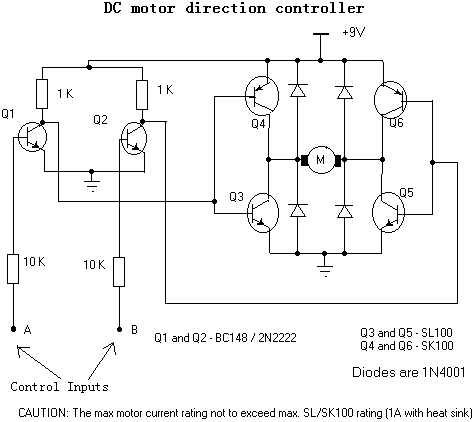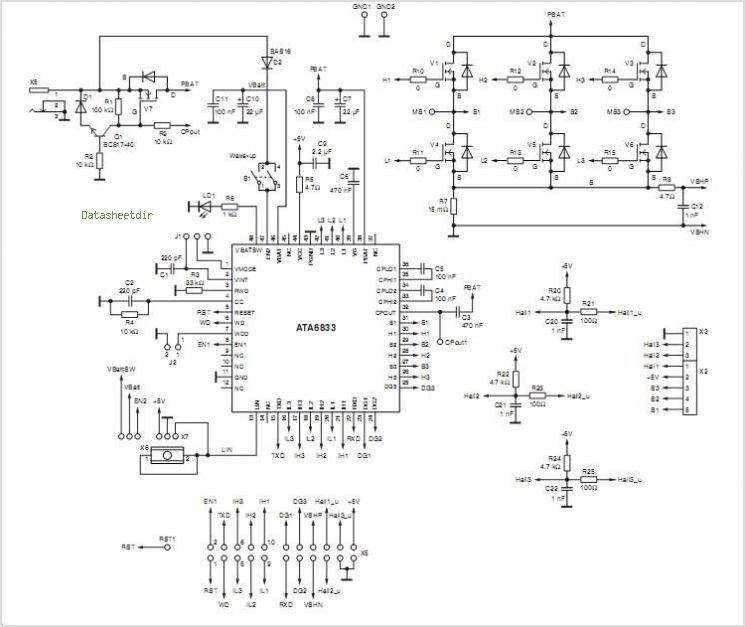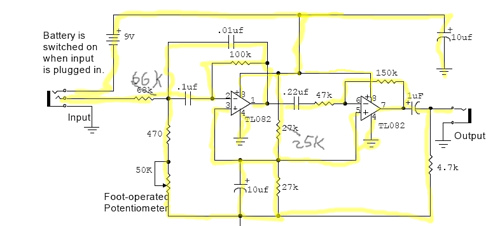
AC motor integrated Hall element off the circuit diagram
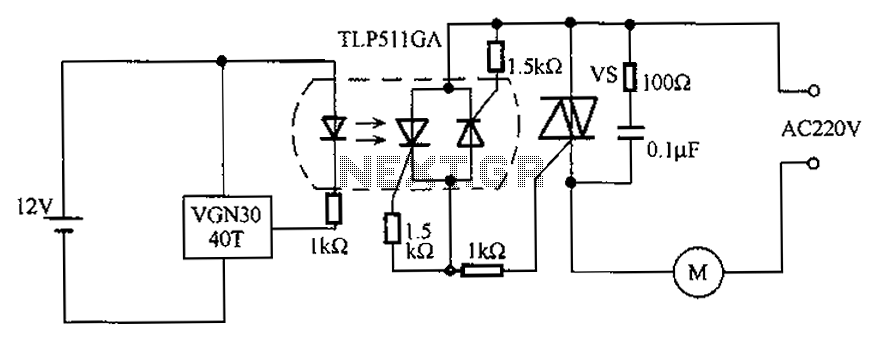
The circuit utilizes an integrated Hall effect sensor for an AC motor control system. It operates by detecting the presence of magnets or other magnetic objects near the Hall IC element of the induction motor. This configuration functions as a proximity switch. The output circuit employs a Triac (VS) to control the AC induction motor, enabling it to operate effectively. To enhance the withstand voltage and overall circuit structure, optocouplers (TLP511GA) are incorporated to provide isolation between low-voltage DC and high-voltage AC components.
The described circuit effectively leverages the Hall effect sensor to monitor the proximity of magnetic fields, which is instrumental in controlling the operation of an AC induction motor. The Hall effect sensor generates a signal in response to magnetic fields, which is then processed to activate the Triac. The Triac serves as a switch that controls the power supplied to the motor, allowing for precise control over its operation.
Incorporating optocouplers such as the TLP511GA is critical for ensuring safety and reliability in the circuit. These components provide electrical isolation between the high-voltage AC side and the low-voltage DC control side, preventing potential damage to the sensitive control circuits from high-voltage spikes. The optocoupler allows for the safe transmission of control signals while maintaining the integrity of the low-voltage components.
The overall design of the circuit must consider factors such as the ratings of the Triac and optocouplers, ensuring they are suitable for the operational voltage and current levels of the induction motor. Additionally, proper heat dissipation methods should be implemented for the Triac to prevent overheating during operation. The layout of the circuit should minimize electromagnetic interference, particularly in the proximity of the Hall effect sensor, to ensure accurate detection and reliable operation of the motor.
This configuration is particularly useful in applications requiring precise motor control in response to the presence of magnetic fields, making it suitable for automation systems, robotics, and various industrial applications.As illustrated, is the use of an integrated Hall element AC motor off circuit, which is a magnet and other magnetic objects close to the Hall IC element of the induction motor is running a proximity switch. Circuit, UGN304OT output Circuit Triac VS, so that the AC induction motor can work off, in order to increase the required withstand voltage and circuit structure, the use of optocouplers TLP511GA make low-voltage DC and AC high voltage isolation.
The described circuit effectively leverages the Hall effect sensor to monitor the proximity of magnetic fields, which is instrumental in controlling the operation of an AC induction motor. The Hall effect sensor generates a signal in response to magnetic fields, which is then processed to activate the Triac. The Triac serves as a switch that controls the power supplied to the motor, allowing for precise control over its operation.
Incorporating optocouplers such as the TLP511GA is critical for ensuring safety and reliability in the circuit. These components provide electrical isolation between the high-voltage AC side and the low-voltage DC control side, preventing potential damage to the sensitive control circuits from high-voltage spikes. The optocoupler allows for the safe transmission of control signals while maintaining the integrity of the low-voltage components.
The overall design of the circuit must consider factors such as the ratings of the Triac and optocouplers, ensuring they are suitable for the operational voltage and current levels of the induction motor. Additionally, proper heat dissipation methods should be implemented for the Triac to prevent overheating during operation. The layout of the circuit should minimize electromagnetic interference, particularly in the proximity of the Hall effect sensor, to ensure accurate detection and reliable operation of the motor.
This configuration is particularly useful in applications requiring precise motor control in response to the presence of magnetic fields, making it suitable for automation systems, robotics, and various industrial applications.As illustrated, is the use of an integrated Hall element AC motor off circuit, which is a magnet and other magnetic objects close to the Hall IC element of the induction motor is running a proximity switch. Circuit, UGN304OT output Circuit Triac VS, so that the AC induction motor can work off, in order to increase the required withstand voltage and circuit structure, the use of optocouplers TLP511GA make low-voltage DC and AC high voltage isolation.


